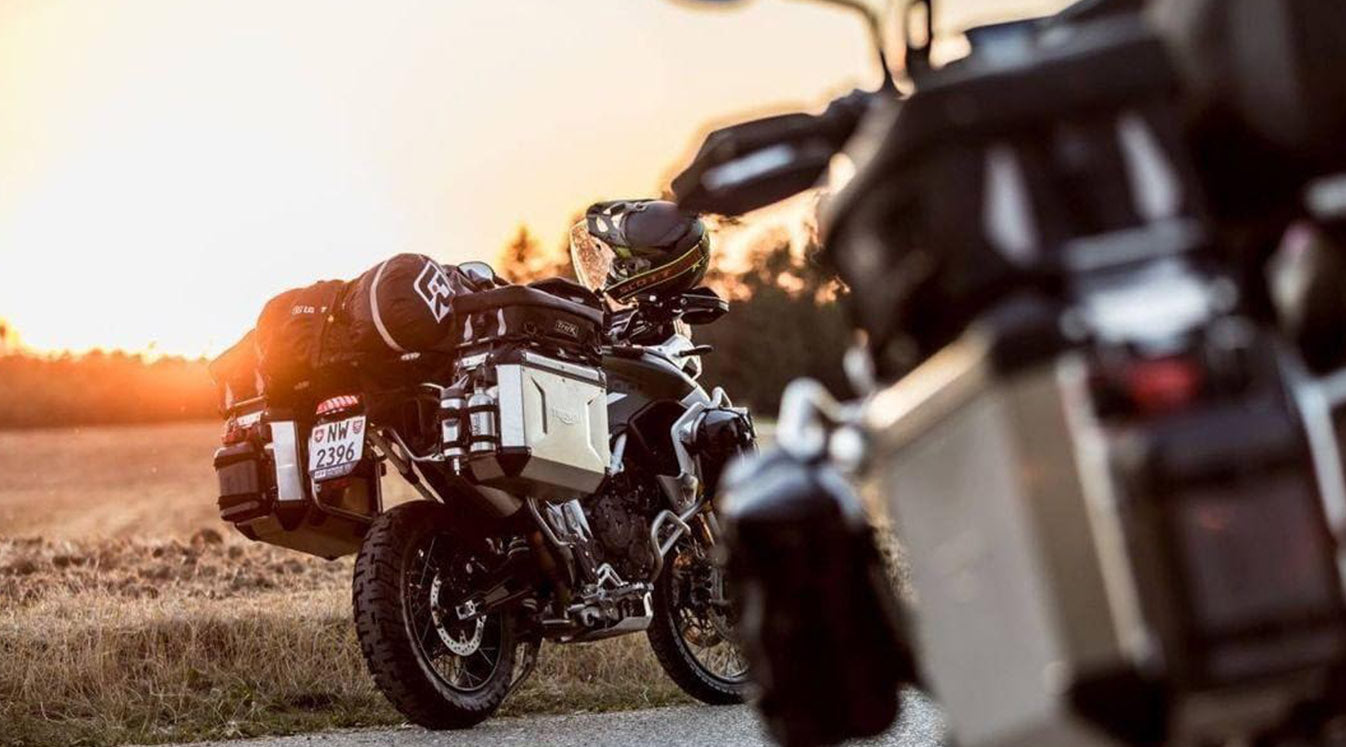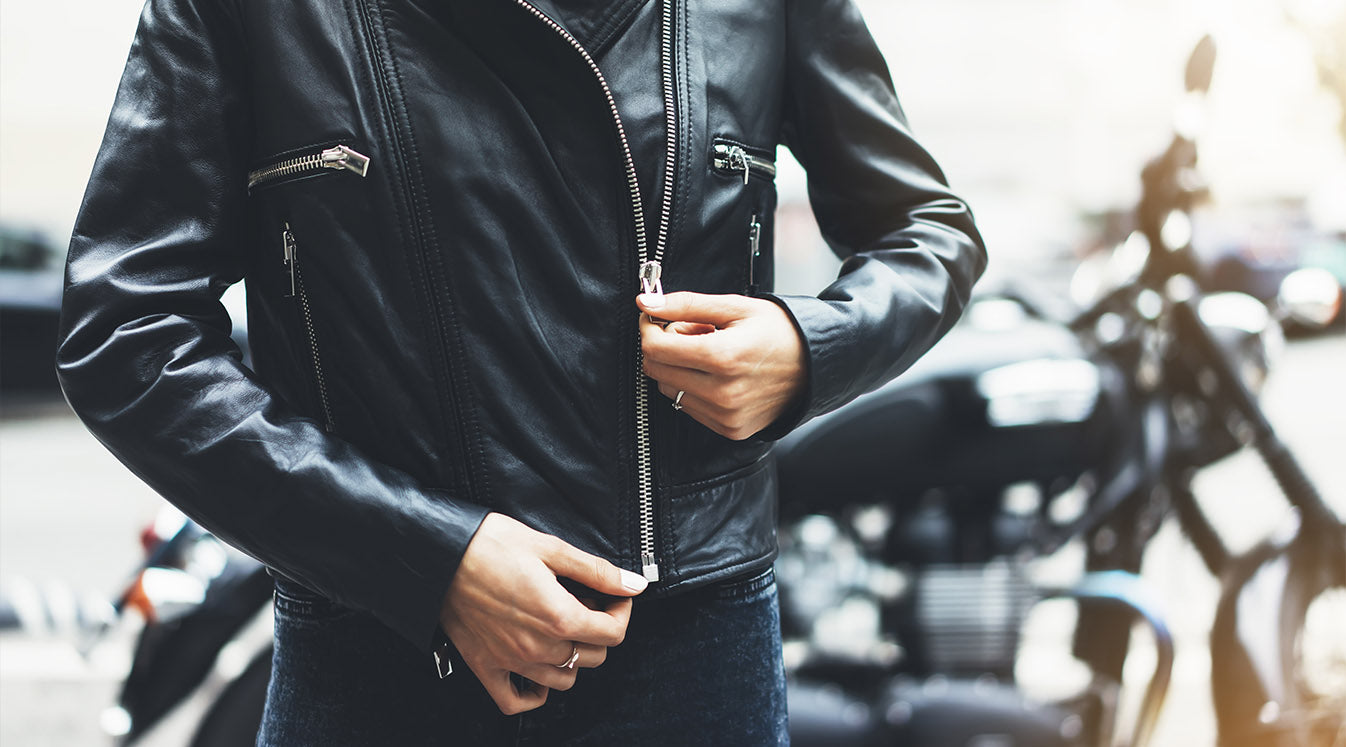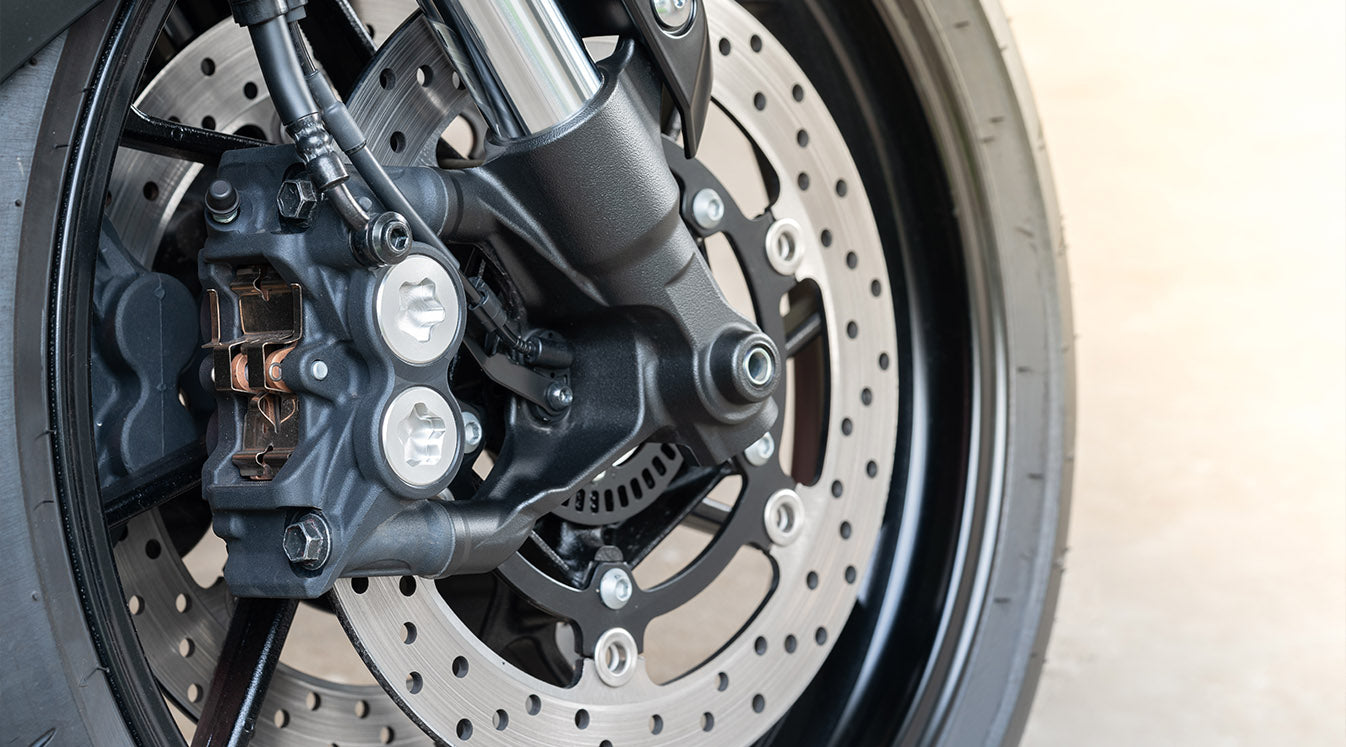Bike Maintenance and Safety
Let’s start with what’s most important: your health and safety.
When it comes to fixing up your bike, bring along the following essentials:
- – Tool kit, including cable ties, screwdrivers, wrenches, fuses, plugs, wires, spare bulbs, pliers and anything else you may need to patch up your bike until you reach the closest mechanic
- – Motorcycle jumper cables
- – Waterproof saddlebag for added storage
- – Bungee cords for securing your belongings
- – Repair guide, handbook or tutorial
- – Helmet
It’s also important to use a Bluetooth motorcycle headset that fits inside your helmet. You can use the built-in speakers to access your phone without taking your hands off the handlebars. The device uses voice activation, so you can keep your eyes on the road where they belong. You never know when you might have to place a call or ask your GPS for directions.

Sergey Nemirovsky/Shutterstock.com
The headset also makes it easy to communicate with other drivers when riding in a group. You can check in with each other in terms of where you’re headed or if one of you needs a break.
Use Bluetooth Motorcycle Speakers to Use Your GPS Hands-Free
Other driving essentials include:
- – Passport, driver’s license, proof of insurance and registration
- – Paper maps and GPS
- – First aid kit, including over-the-counter medications for nausea and pain relief
- – Smartphone and/or two-way radio for keeping in touch
- – Chargers for your Bluetooth speakers and mobile devices
- – Pocket knife or multi-purpose tool
- – Water and snacks for hydration and fuel
- – Emergency contact information
You can also use a wearable airbag for extra peace of mind. The bag is kept inside a thin layer of fabric that you can wear under your regular riding gear.
Your clothing also matters when riding a motorcycle.
First off, you should have a jacket that will protect you from the elements. The sleeves should cover your arms all the way down to your riding gloves. Many people like wearing leather when riding a motorcycle, but you can go with textiles to save money as well. The gloves should cover your entire hand to reduce wind resistance.
You’ll need thick pants that cover every inch of your legs. The material should protect your skin from the debris of the road. Many people prefer jeans and pants made of canvas or corduroy. Use long socks that cover anything your pants don’t reach.

Dizfoto/Shutterstock.com
Use thick riding boots to protect your feet on the road. These shoes keep you comfortable when you’re walking without leaving you vulnerable to debris.
Make sure you will be warm enough on your motorcycle. The temperature will drop once you reach higher speeds. After 30 mph, your riding temperature continues to decrease two degrees for every 10 mph.
Check out the Best Motorcycle Riding Gear to Make the Most of Your Trip
Once you reach 70 mph, your riding temperature will be 20 degrees less than what it reads on the thermometer.
It’s best to bring along removable layers that you can add when necessary, such as warm vests, jackets, shirts and sweaters that fit underneath your jacket.
Find a jacket with breathable inserts if you plan on traveling during the summer. You’ll want to keep the air moving without creating too much wind resistance to reduce perspiration.
Research the weather for the upcoming trip to make sure you’re prepared for every scenario that comes your way.
Consider investing in waterproof gear to give yourself more peace of mind. A sudden rainstorm can ruin your belongings while making it uncomfortable to ride.
You may not have as much space when traveling on a motorcycle as you would in a car, but you should still have enough room for these riding essentials. Pack light and prioritize the items you need most.





